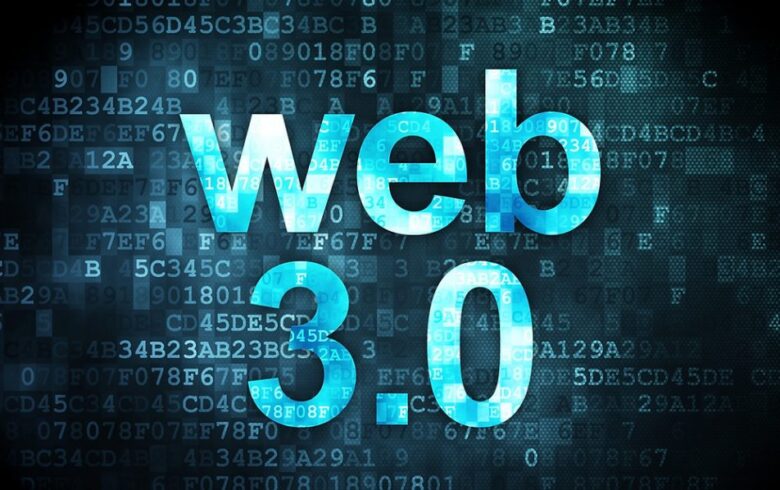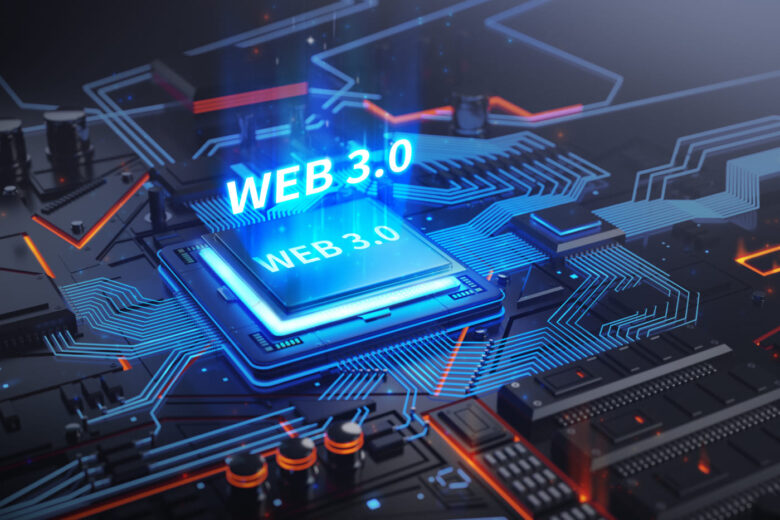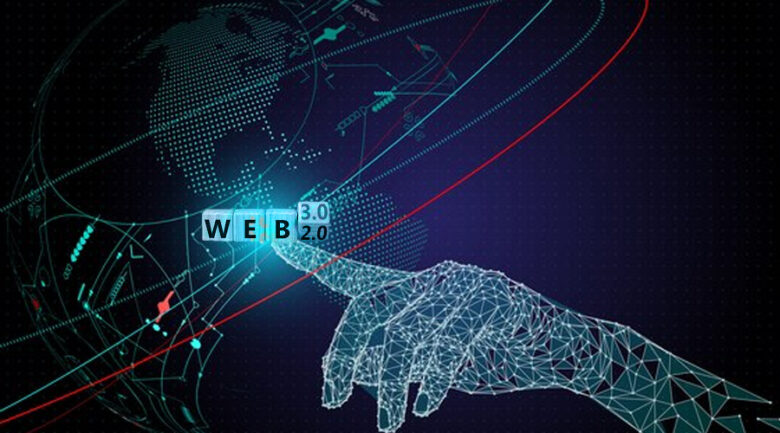Although Web 3.0 is in its earliest phases, it is already being used in many different industries around the globe. The online gaming industry is one example that has widely adopted this technology with features that will profoundly transform how people gamble online in the future.
Companies like the online casino GGBET Canada already accept Bitcoin, which is a fungible cryptographic token. Web 3.0 could see online casinos also using non-fungible tokens (NFT), including digital artwork, in-game avatars, event tickets, domain names, and even actual assets like real estate.
While the first iteration of Web 3.0 has the potential to enhance content security and the user experience, numerous internet giants are worried about its read-write-execute concept. There are concerns about data manipulation, information quality, and confidentiality. In this article, let’s have a clear understanding of the risks of Web 3.0.

Source: guardian.ng
What Is Web 3.0
The Internet and World Wide Web are not the same.
Web 3.0 will make that point.
Web 3.0 is likely the biggest advancement in internet technology in recent years. Coined by Sir Timothy John Berners-Lee, alias TimBL, who invented the World Wide Web.
Through standards established by the World Wide Web Consortium, Web 3.0 is the third version of the World Wide Web (W3C). It is based on the Semantic Web concept of establishing a more connected and smarter web experience for users through a data-driven and machine-based information infrastructure.
Everything on the web is supposed to be connected at the data level by Web 3.0. How does that function? In the contemporary internet, some URLs or connections link documents together in the form of information silos. With the introduction of web 3.0, users will be able to link and reuse data across websites using data exchange technologies like RDF, SPARQL, SKOS, OWL etc. Here, the decentralized online ecosystem built on blockchain, introduced by the novel idea of Web3 defined by Gavin Wood, boosts security and user empowerment by giving users total control over their data and identities. While Web3 and Web 3.0 are used interchangeably, they are quite different. But together, they pursue the same goal of decentralizing and liberating the World Wide Web from the internet and social media companies centralized control.

Source: bernardmarr.com
The Evolution of Web 3.0
Web 3.0 will allow users to have greater control over the data produced by computer resources powered by blockchain and artificial intelligence (AI) and operating on a token-based economy.
In addition to desktop and mobile devices, computers would also include autos, appliances, and sensors connected via the Internet of Things (IoT). Data on the entire web will be readable and usable by machines.
The concepts and objectives were put together over an evolution of more than 3 decades. The table below demonstrates the changes and new applications that have surfaced over the years.
| Domains | Web 1.0 | Web 2.0 | Web 3.0 |
| Active Years | 1990 – 2005 | 2006-present | 2015-present |
| Information Sharing | Read Only | Read-and-Write | Read-Write-Execute |
| Communication | Static | Social | Semantic |
| Technologies | HTML/FTP | Java/Flash/XML/AJAX | RDF, OWL, SKOS |
| Applications | Static web pages, the first generation of social networks like FaceBook and MySpace, Personal blogs, eCommerce | Data Monetization, SaaS and application software, pay-per-click, user participation and user-generated content, social media commenting, subscription content | Internet of Things allows you to operate your AC from your mobile, Real-time data exchange, live streaming, machine learning, voice searching, machine-human interaction. |
Common Threats of Web 3.0/Web3
The security risks associated with web 3.0 paint an accurate picture of what security experts may be able to expect in web 3.0. Security risks seriously impede Web3 adoption since new users don’t want to put their sensitive data at risk.
This may be a valid argument against TimBL’s belief that blockchain technology may be used to create the next generation of the internet.
Below are the common concerns associated with web 3.0:
- Pre-existing threats. The web3 revolution could exacerbate pre-existing dangers, leading to significant setbacks in industries and the way authority is still accepted.
- User-Centric Data. The goal is to accelerate acceptance of and transition to Web 3.0, a more user-centric web in which we maintain full control over our data, identities, and digital assets. Why then are the internet titans concerned? because the abuse of authority and control has a limited lifespan.
- People-power. Long-term sustainability is possible for non-profit organizations like Wikipedia, which undermines the supremacy of a centralized, profit-driven government.
- Reduce Corruption. With decentralized governance, crimes like insider trading and corruption could be prevented, and confidence is provided by incorruptible smart contracts and cryptographic mathematics.
- Live Streaming. For streaming services where users will be the owners and beneficiaries of their material, the decentralized web offers a superior alternative. By doing away with middlemen, Web 3.0 will make it easier for advertisers, viewers, and content producers to interact directly with one another.

Source: analyticsinsight.net
Tim Berners-Lee has clearly stated that he does not regard Web3 as the web at all. Given how few people genuinely understand 3.0, this could further perplex everyone.
While there are discussions of a decentralized solution, the various components of segregating algorithms could lead to further public confusion. But we got to draw a line with the actual semantics of the associated risks that intimidate net giants.
All current business models are expected to become obsolete as a result of Web 3.0. This is due to the technology’s ability to allow the decentralization of the World Wide Web and wrest control and ownership away from profit-driven businesses.
